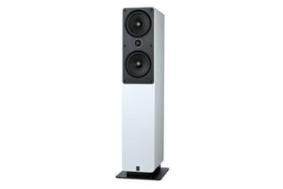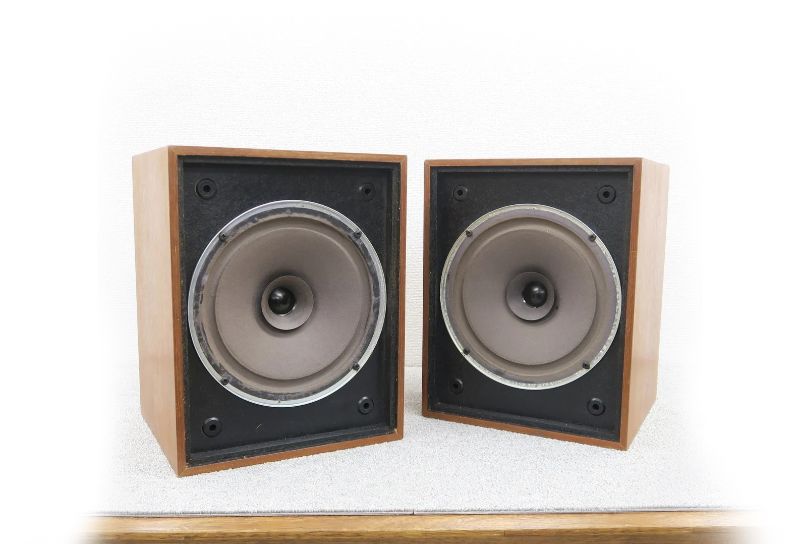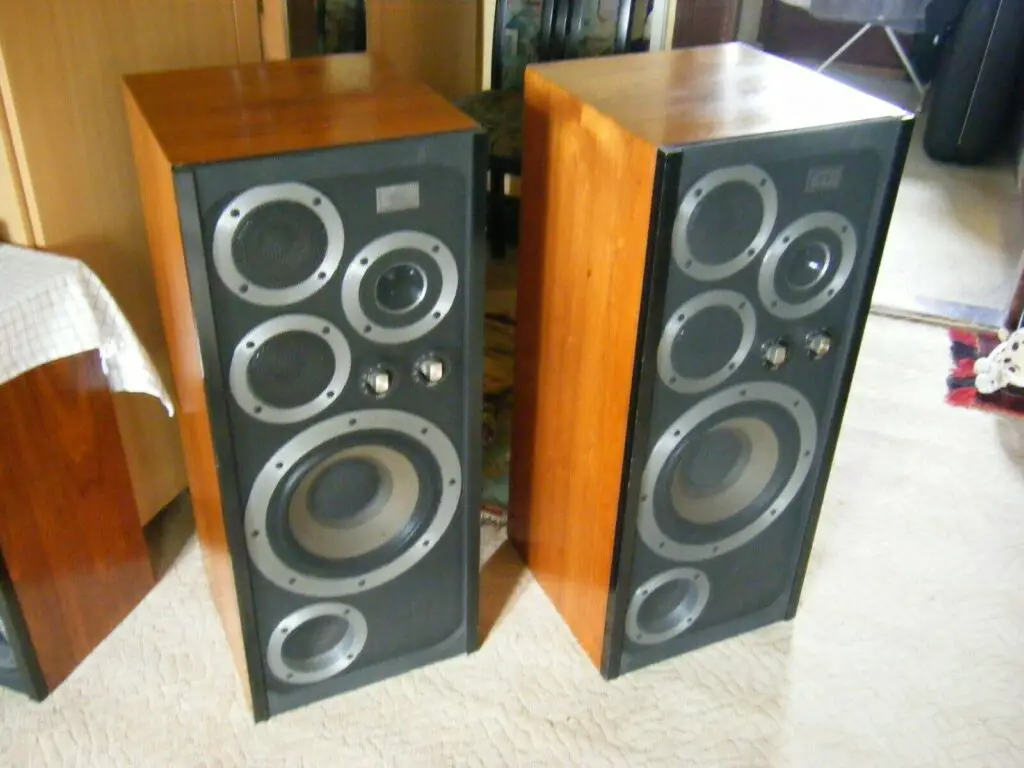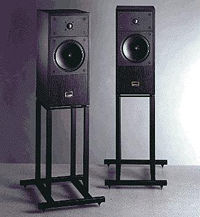This is a fascinating story. Karl Heinz Fink of Fink Audio Consulting in Essen, Germany, and Steve Reichert of Armour Group in Cambridge, England, are the two main protagonists. The former is one of his generation’s top speaker designers, while the latter is a pleasant chap with a good ear and an Arcam sales and marketing background. There’s a clear mutual respect between these two large and pleasant gentlemen, and it’s clear that this is at least part of what has made the Q Acoustics brand so successful…
The Armour Group is a significant British hi-fi distributor that owns several British brands, including Goldring. The corporation realized it needed a speaker brand about seven years ago, so it built one. Rather than creating a factory and employing designers, it did what many companies do today: it hired a designer and sought out an OEM manufacturer in China. Fortunately, Karl Heinz Fink was hired, and he has a long experience of producing high-quality speakers dating back to the late 1980s. All of his compositions have a silky, pleasant, and musical quality to them. Surprisingly, this is true regardless of the technologies he employs; he’s a master of BMRs, for example, but the Q Acoustics 2050s lack a BMR and sound smooth, warm, and musical!
Karl Heinz is an avid vinyl collector who owns some extremely rare turntables such as EMTs, as well as a devotee of valve amplification. Steve also has a keen ear, and the two of them collaborated to voice the 2050 after Karl Heinz designed it. It’s no surprise, then, that this very large floorstander has a 6-Ohm impedance and 92dB (claimed) sensitivity, making it perfect for valve or low-powered Class A amps, and that it produces a huge, expansive, soothing sound.
A 25mm dome tweeter works with twin 165mm coated paper mid/bass drivers, crossing over at 2.6kHz, in the 2050’s large (1006x270x321mm) and heavy (21kg) 35 liter enclosure. The cabinet is made of steel-braced MDF with a spiky steel plinth built in. It’s reflex ported, and a foam bung is included for those who want to use it close to a wall. It came standard with black or walnut vinyl finishes, although Piano Gloss White was available for £130 more. The speaker binding posts are inconveniently located underneath, which looks beautiful but is a pain to use. The original 2050 was released in 2009 for £350, however the £420 2050i was released a few years later. The paper cones were coated with carbon-fiber/ceramic instead of paper/mica, and the driving units were slightly altered.
At the time, the original 2050 was a bargain, with unexpected levels of delicacy and musicality you wouldn’t anticipate from something twice the price. It sounded huge and effortless, and things would be sweet and luscious at the end of a smooth valve amp – very unlike many harsh, narrow, front speakers of the time. The imaging was excellent, and it projected well while still knowing when to back off. In terms of absolutes, the bass was stodgy, the high treble was diffuse and lackluster, and the midband was a little opaque. It handled dynamics well in general, although the loudest transient peaks were squashed a little and you could hear the cabinet distorting the timing a little. The 2050i that followed vastly improved things, with a punchier, tighter sound and greater focus – it was, and still is, a fantastic value for the money.
The 2050 isn’t a spectacular loudspeaker, but it’s a solid one that sold for the same price as a lot of disasters. Because it was so inexpensive, it allowed cash-strapped consumers to obtain a large, powerful floorstander for the cost of a mediocre standmounter. Because the new 3050 has just replaced it, the 2050 is now a fantastic second-hand value, especially if you’re seeking for something to go with a low-powered amplifier. The White Gloss 2050i is the greatest variant, and it won’t set you back much more than £250 new and packed. It’s the modern counterpart of the Mission 752, in my opinion, a comparison that Messrs Fink and Reichert would appreciate!







